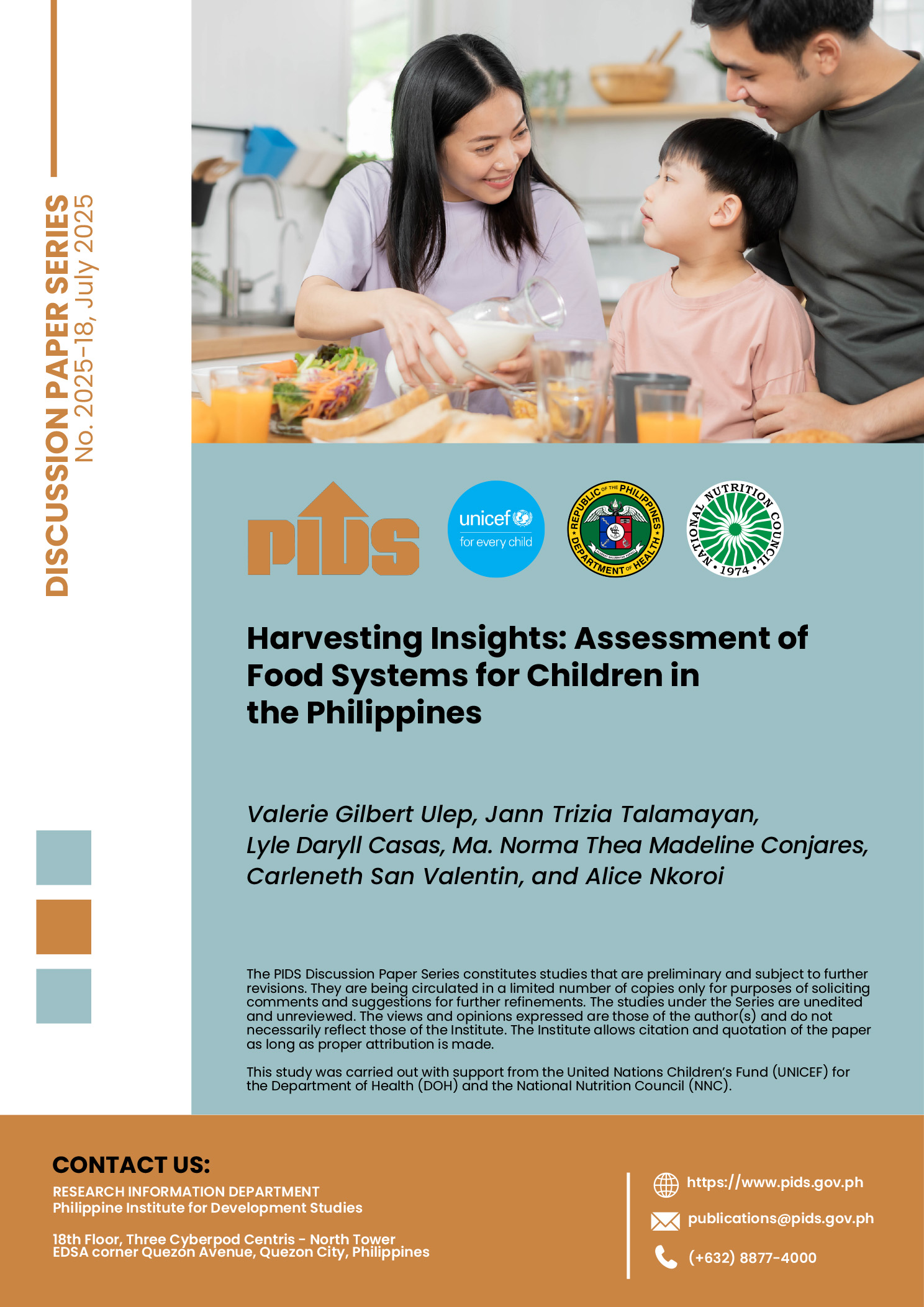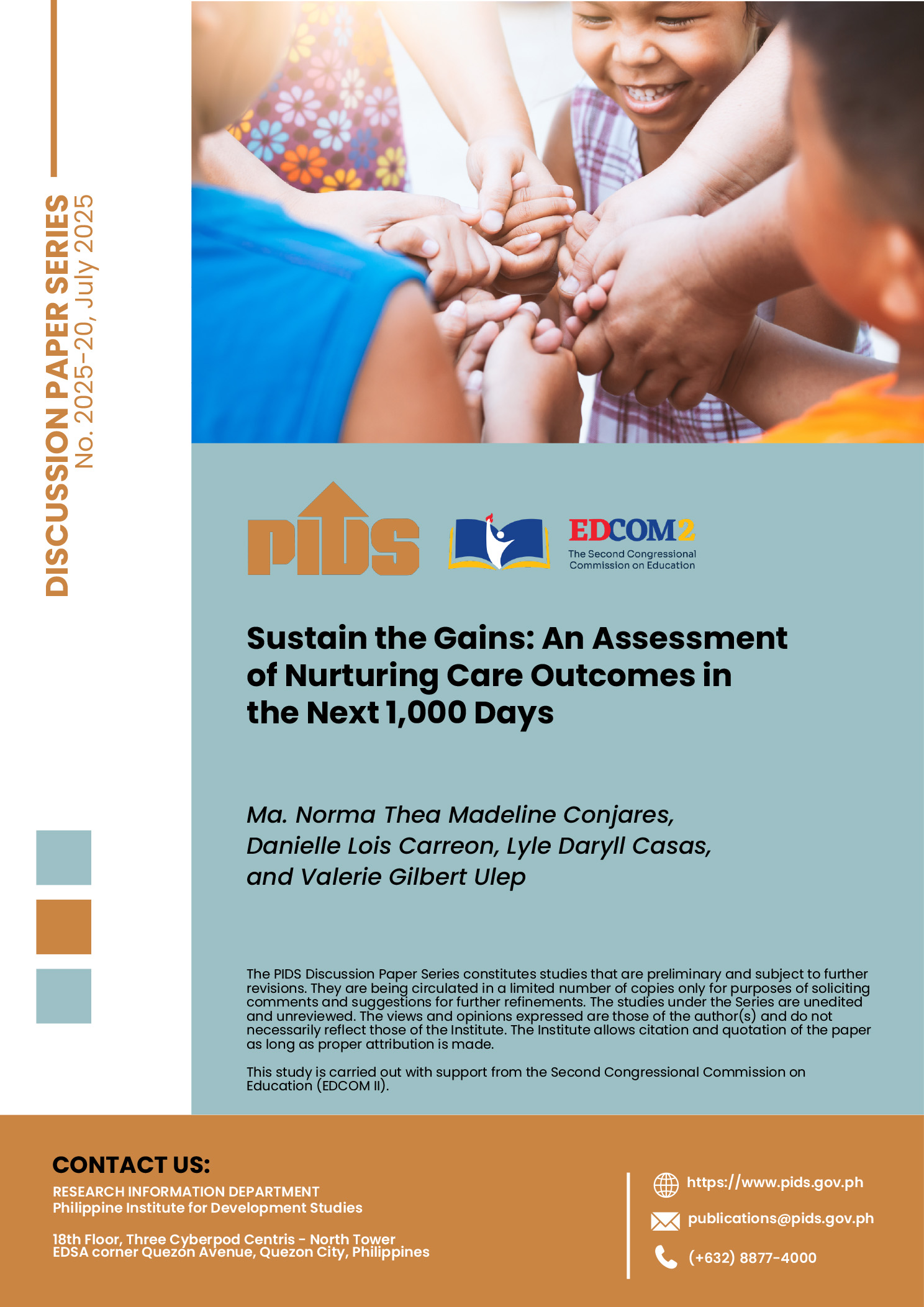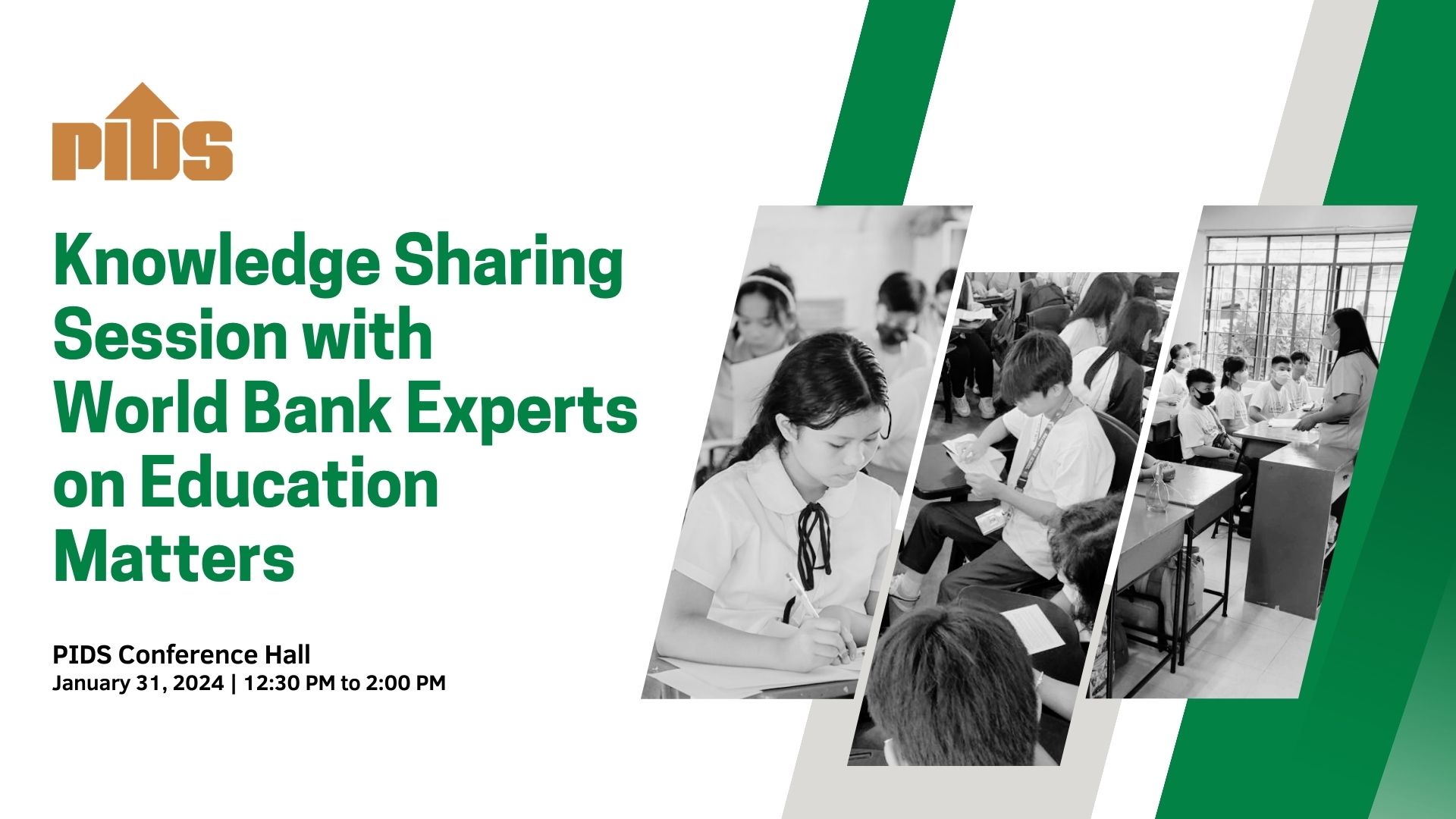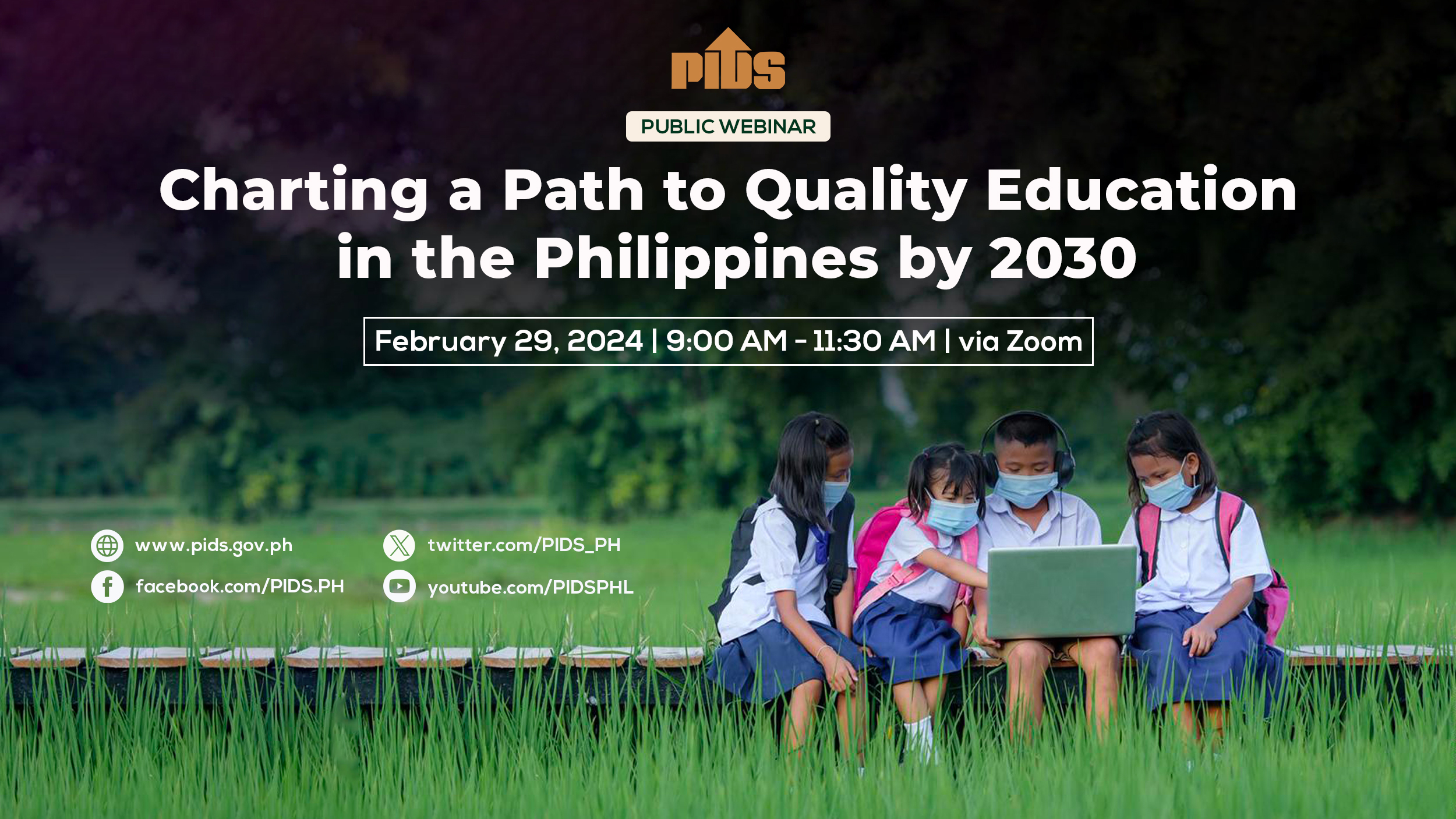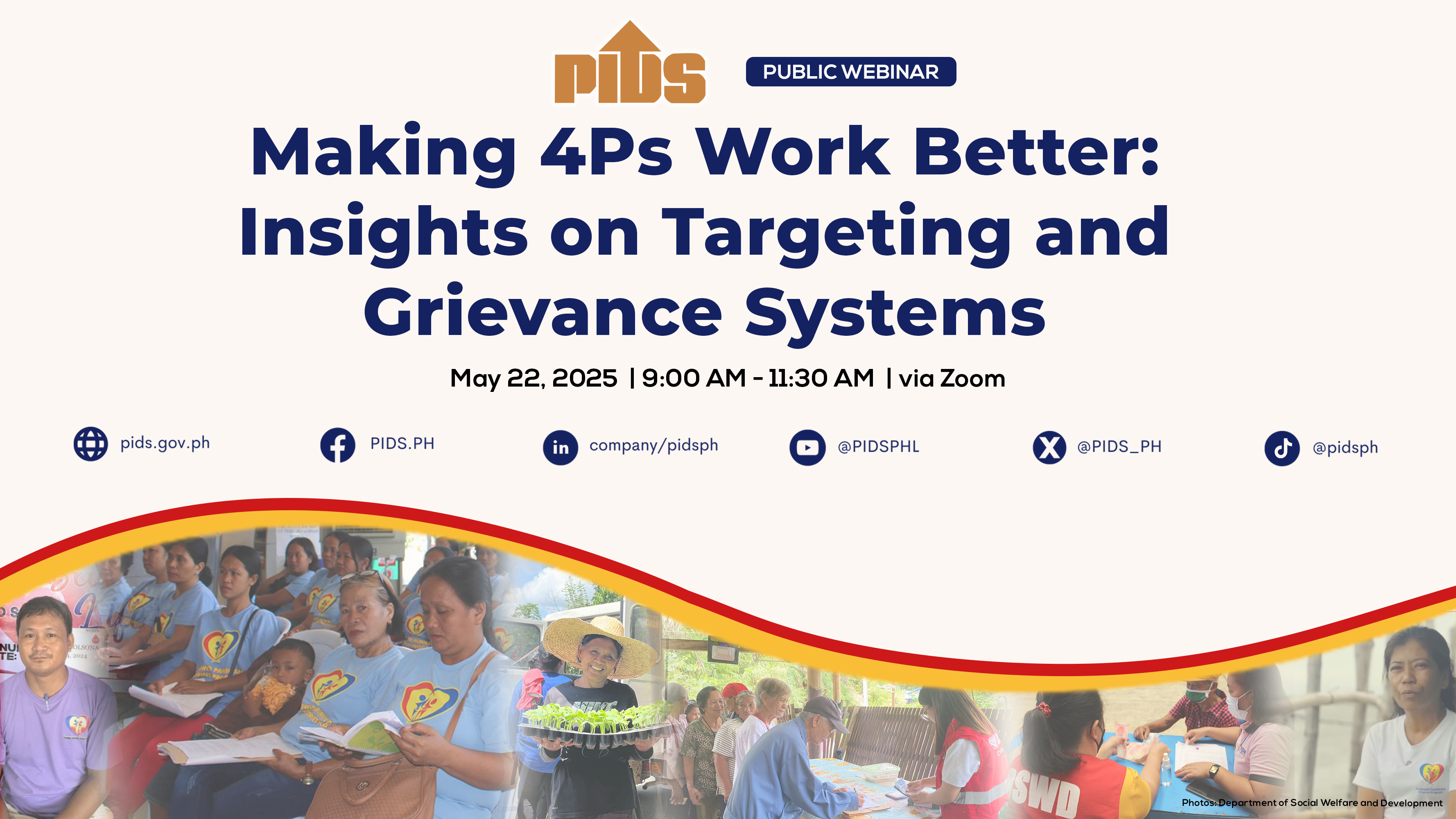The Philippine Population Commission (PopCom) has expressed concern over the registered increase of pregnancies among girls aged 10 to 14 years in 2022, despite seeing some improvement on teen birth rates for adolescents between 15 to 19 years old.
Data from the Philippine Statistics Authority (PSA) showed that in 2020, there were 2,113 pregnancies recorded for preadolescent girls. The Department of Health (DOH) saw this figure even rise to 2,354 in 2021 although it slightly declined to 2,299 early childbearing cases the following year.
The University of the Philippines Population Institute (UPPI), meanwhile, reported that fertility rates among teenagers decreased from 13.7 percent in 2013 to 6.8 percent in 2021. Regardless, some experts and groups advocating to stop teenage pregnancies find these numbers alarming.
Plan International Philippines, a non-government organization that promotes the welfare of children, is calling for the proper implementation of the comprehensive sexuality education (CSE) to help young men and women develop a sense of responsibility when engaging in acts of physical intimacy.
In a recent online interview with The Philippine STAR / OneNews.PH, Plan International’s country manager for health and nutrition Jacqui Lyn Calaranan said it is important for children to be aware of the consequences of their actions when it comes to sexual behaviors.
“With the CSE, it builds communication skills as well. It helps young people develop and be able to discuss sexual health with their partners, with their parents or trusted adults, because up until now, it is still (carries) a stigma, a taboo topic,” noted Calaranan.
Plan International’s campaigns and advocacy specialist Pauline Gutierrez also noted that CSE can address related issues such as gender-based violence, stereotypes and flawed power dynamics in relationships.
Jona Turalde, former vice chairperson for the guiding group of SheDecides movement, echoed this position. According to her, CSE modules do not teach students about contraceptives until they reach junior high school, when they are old enough to understand levelheaded conversations around sex.
“‘Yung initial na pagtingin kasi sa CSE, tinuturuan mo raw how to have sex, pero hindi eh (The initial misconception about CSE is that you’re teaching children how to have sex, but no). It’s really (about) protecting themselves… [H]ow to have healthy relationships,” Turalde said.
Based on a study by the Philippine Institute of Development Studies (PIDS), the implementation of CSE is facing a lot of issues. There has been a lack of sufficient materials and facilities in schools as well as adequate training among instructors on the integration of sex education into the curriculum.
Advocacy groups are, therefore, calling for an “age-appropriate” treatment of CSE, which means that different age brackets have different points of discussions based on what their group needed. This approach is already being considered at the national level.
For Calaranan and Plan International at least, they do this by having separate sessions per age group. Topics such as contraception and family planning will not be talked about with those 10 to 14 years old, for example, but will be done so for the 15 to 19 years age bracket.
Through this approach, adults may avoid generating inappropriate curiosity and interest among children about sex. Turalde believes this is a good first step in the right direction and doing it properly may just be as helpful in preventing teenage pregnancies.
“’(You may start with) little concepts on consent then puberty, menstruation, to relationships, parang ganon (things like that). So, it’s (going to be) incremental talaga dapat, hindi agad-agad (that is the right move, not instant) for them to understand,” Turalde said.
To its credit, Turalde mentioned that the current CSE framework has already incorporated this approach, where students from late grade school to junior high school are being taught about genital care before moving on to topics such as courtship and marriage.
Funding, meanwhile, was also another problem cited by both groups. According to Calaranan, the Department of Education (DepEd) cited this as the biggest issue when it came to implementing proper sex education and is another reason that prevents it from disseminating and integrating CSE.
“The local government [must] really have [an] investment on this because, one way or another, if we’re not going to push for this on a preventive side, we will be making it worse… A lot of (girls between) 10 to 14 years old will experience this kind of adolescent pregnancy,” Calaranan stressed.
Turalde called out the lack of national government support for this matter, citing the absence of CSE-related funding for DepEd. Based on its 2022 budget, P345.51 billion out of its P633.32 billion budget went into the basic salary of teachers and creation plus reclassification of teaching positions.
Most funds for promoting sex education would come from private donors and international governments. For Turalde, along with base implementation, this now prevents existing policies from being effective such as the Reproductive Health Law’s provision on sex education or the CSE itself.
“Sex education can only be properly implemented based on the IRRs (implementing rules and regulations) na mayroon na tayo (that we have) and based on the upcoming policy if only we had the (sufficient) funds,” Turalde said.
Citing annual reports on the Responsible Parenthood and Reproductive Health Act of 2012, Turalde also noted the lack of data to fully connect CSE to teenage pregnancy, as well as specific projects made for priority areas.
Consequently, both parties are appealing for a multisectoral and whole-of-government approach to deal with these issues. Ideally for them, all major sectors from the government to civil societies must get involved to spread proper sex education and combat cases of teenage pregnancies in the country.
“[We must] have this kind of collaborative approach, not just in one sector, but to really work within all levels and in different contexts… It is not just in the urban, but also in the rural areas with (different) ethnicities, religious affiliations… (including) persons with disability as well,” Calaranan said.
This strategy also helps consider the perspectives of other demographics such as the Muslims, who are known to be conservative, and indigenous peoples when attempting to fully integrate CSE into Philippine education.


